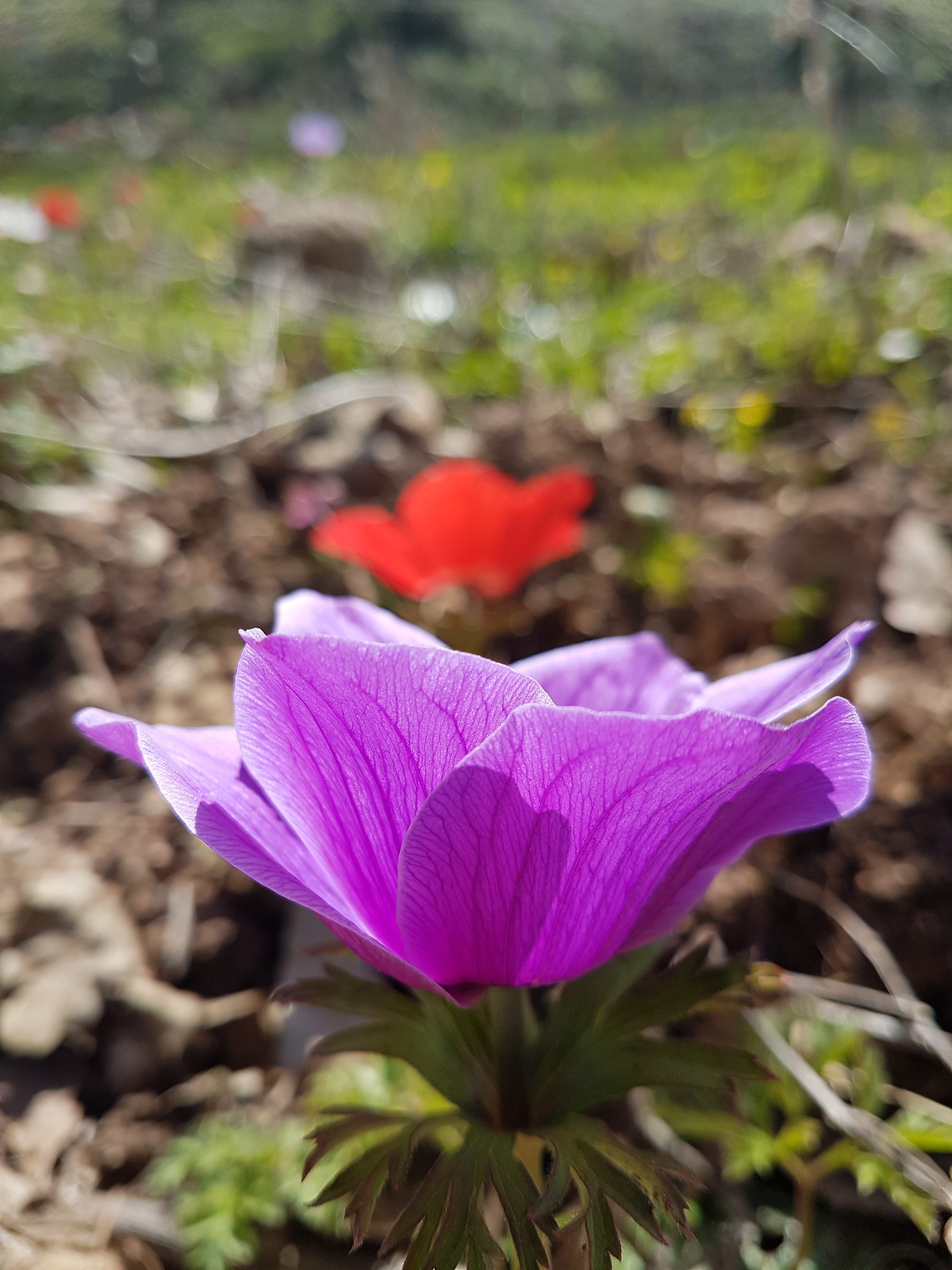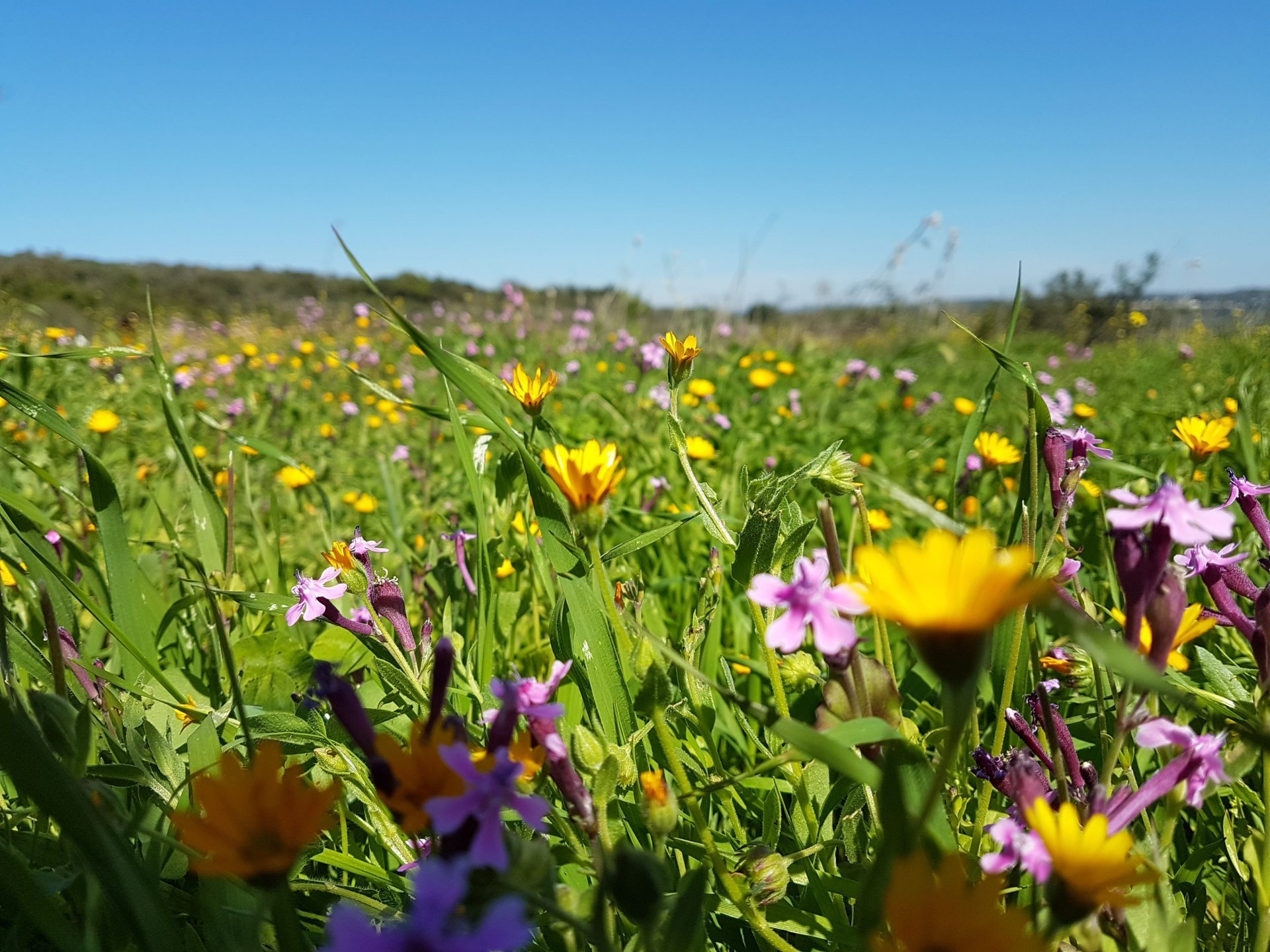Phenological Monitoring at Ramat Hanadiv – Changes in ‘Flowering Habits’?
Ra’aya Rodich
Throughout the world and in Israel, the question has arisen as to whether climate change and global warming are affecting the timing of growth, flowering, and fruit ripening in plants. These changes can impact the entire ecosystem, for example – the impact on sources of food for insects and birds. Since winter 2014–15, flowering has been monitored every winter at Ramat Hanadiv along a marked route including 15 sample points, in the shrubland (garrigue) areas and in the cypress grove that had been thinned. The information gathered can assist in identifying and understanding changes in the ecosystem, may assist in planning management actions such as cattle grazing, and is a source of updated information about flowering for visitors hiking along the park’s trails.



